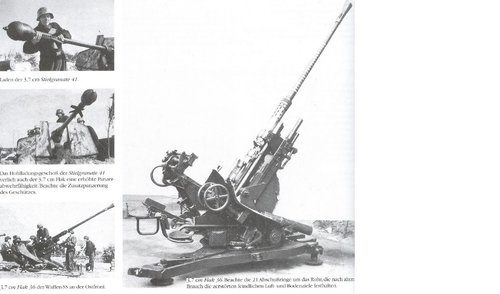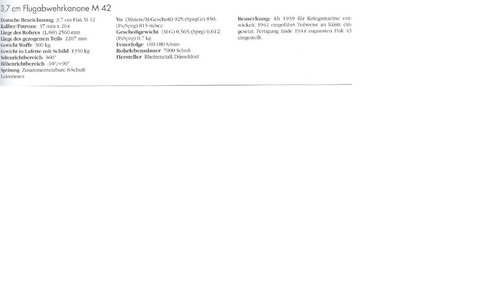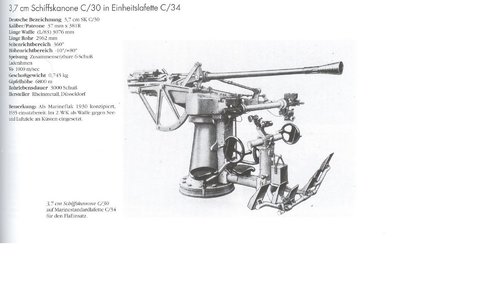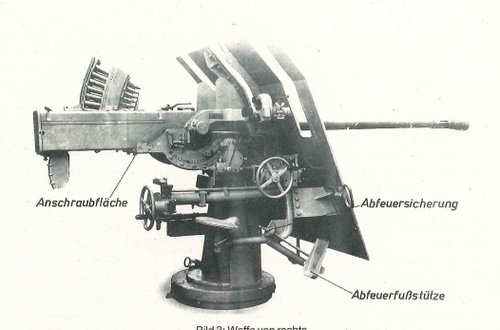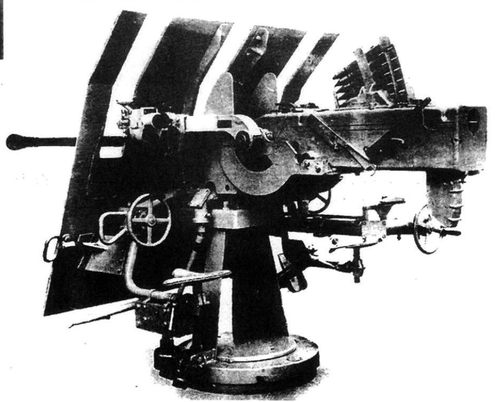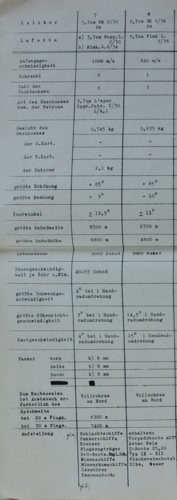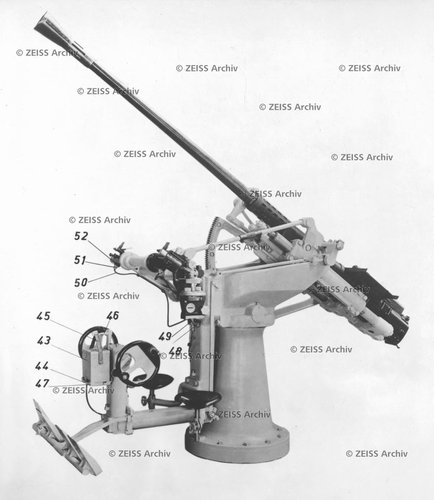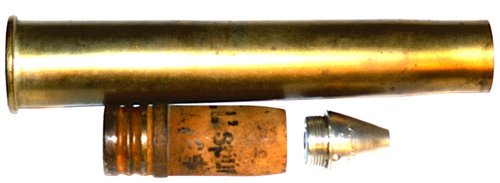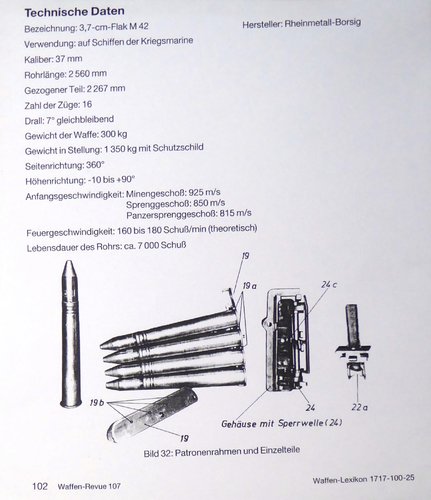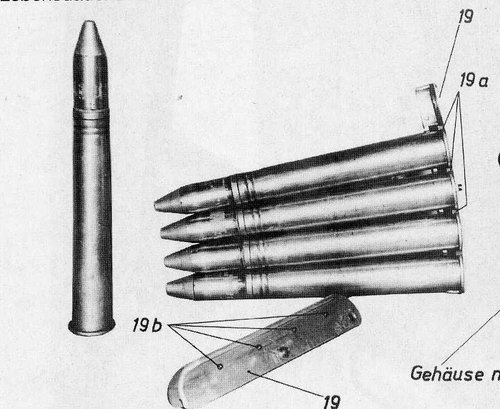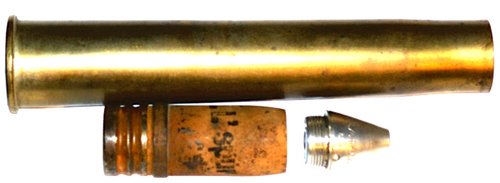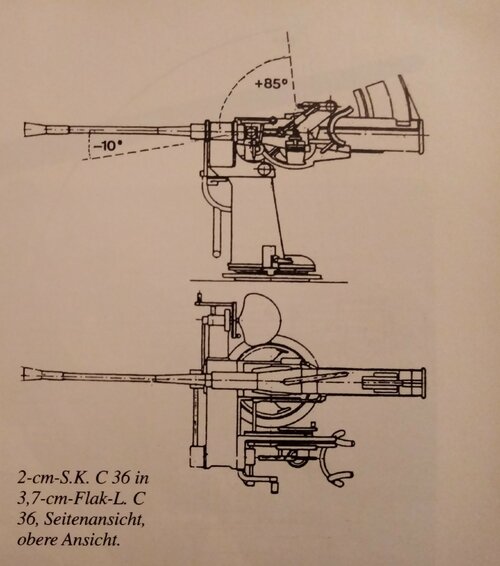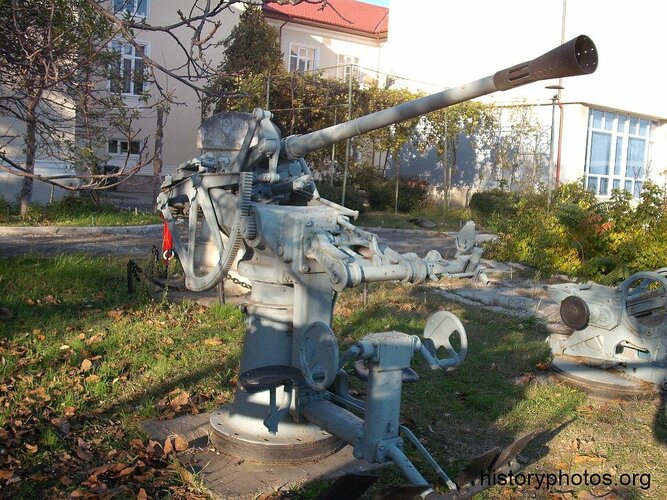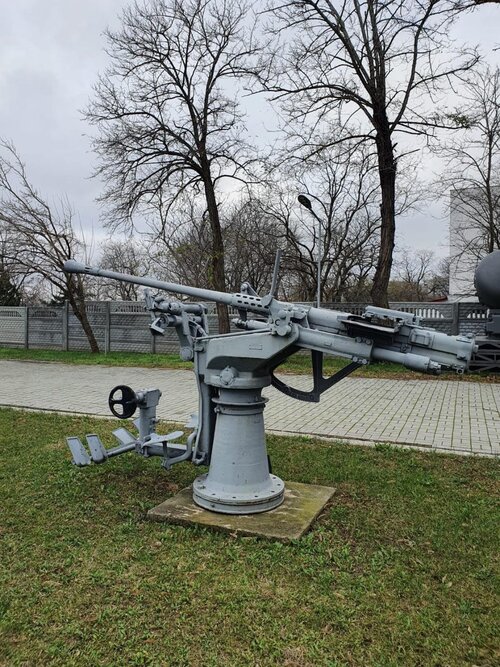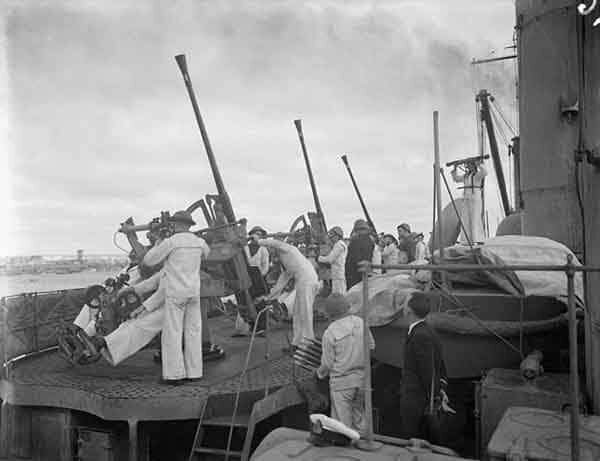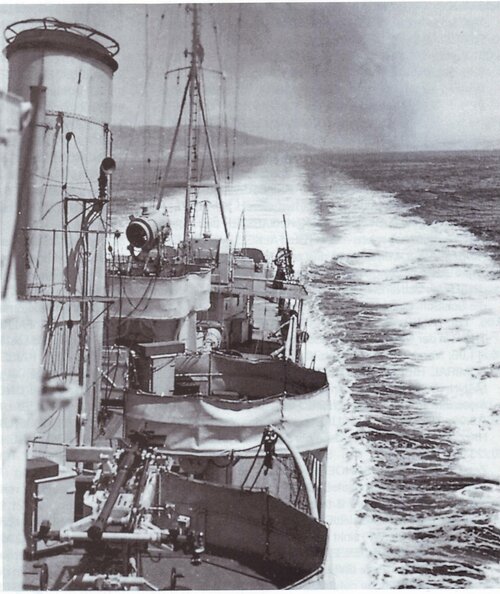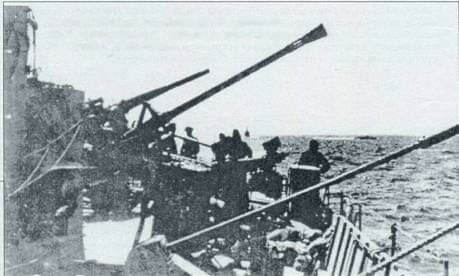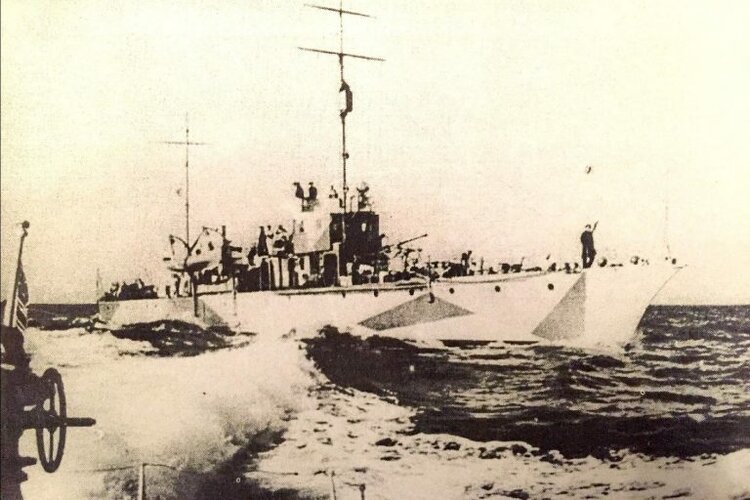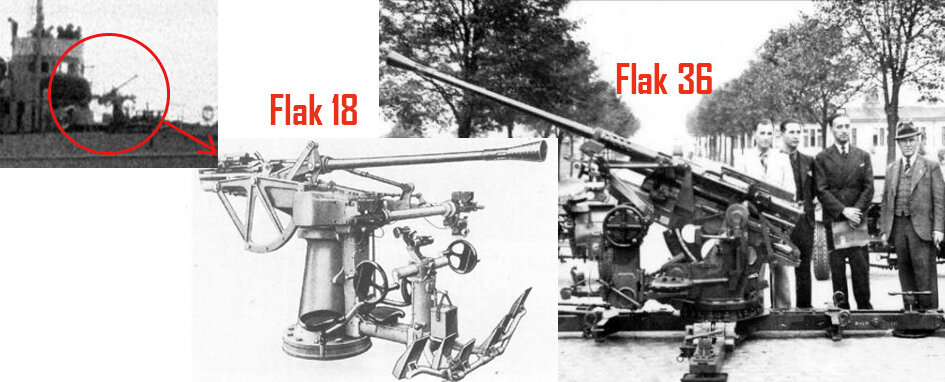I am currently researching the history of automatic cannon and their ammunition and would appreciate some help with an obscure German naval AA gun: the 3,7 cm Flak SK C/36. I have put down my thoughts on this almost unknown project as follows:
The evidence in favour of its existence is as follows:
1. 37 x 248R cartridge cases do survive, headstamped C/36.
2. No other gun used this cartridge except for the Flak M42, which raises the question: why did the Flak M42 use this round instead of the standard 37 x 263B of the other Flak guns of this calibre, unless it was already in existence for an earlier gun?
3. An informal drawing of the gun exists, in Skwiot's book on German naval guns of WW2.
4. A C/36 mounting was initially used for the Flak M42 (which emerged in 1943). What was that first used for, if not the C/36 gun?
However:
1. I have been unable to find any photos or descriptions of the SK C/36; only the drawing in Skwiot mentioned above (but the gun is not referred to in the text). One problem in identification is the great similarity to the M42 (judging by the drawing), which could make them hard to tell apart.
2. A highly detailed German study of the 3,7 cm Flak M42, which lays out the development path for the gun in some detail, makes no mention of the C/36 gun, only the mounting (Waffen Revue, issues 106 and 107).
Conclusion (provisional):
On the face of it, the C/36 was a mid/late 1930s attempt to produce an automatic naval AA gun which was probably built in small numbers (enough to be worth establishing a production line for the unique ammunition) but not followed through. The M42 looks remarkably similar, both guns having a strong resemblance to the Bofors gun family, with a vertical clip ammunition feed, a long-recoil mechanism, and a boxy receiver. So perhaps the M42 was just a refinement of the C/36.
There is also a very close resemblance to the Soviet 37 mm M1939, which was developed very rapidly over a few months in 1938 after a 45 mm version was abandoned as being too big and heavy. The M1939 is normally described as being based on the Bofors 25 mm, but scaling-up that design would have required a lot of development work in a very short space of time.
Given the close technical cooperation which existed in the late 1930s between Germany and the USSR, and the fact that while the ammunition for the C/36 and M1939 is not identical it is almost exactly the same size, it would seem not unreasonable to suggest that the C/36 played some part in the development of the M1939 and subsequently the M42. However, I have so far been unable to find any solid evidence for the existence of the gun.
Can anyone help, and provide more information about the C/36 (assuming it existed?)
The evidence in favour of its existence is as follows:
1. 37 x 248R cartridge cases do survive, headstamped C/36.
2. No other gun used this cartridge except for the Flak M42, which raises the question: why did the Flak M42 use this round instead of the standard 37 x 263B of the other Flak guns of this calibre, unless it was already in existence for an earlier gun?
3. An informal drawing of the gun exists, in Skwiot's book on German naval guns of WW2.
4. A C/36 mounting was initially used for the Flak M42 (which emerged in 1943). What was that first used for, if not the C/36 gun?
However:
1. I have been unable to find any photos or descriptions of the SK C/36; only the drawing in Skwiot mentioned above (but the gun is not referred to in the text). One problem in identification is the great similarity to the M42 (judging by the drawing), which could make them hard to tell apart.
2. A highly detailed German study of the 3,7 cm Flak M42, which lays out the development path for the gun in some detail, makes no mention of the C/36 gun, only the mounting (Waffen Revue, issues 106 and 107).
Conclusion (provisional):
On the face of it, the C/36 was a mid/late 1930s attempt to produce an automatic naval AA gun which was probably built in small numbers (enough to be worth establishing a production line for the unique ammunition) but not followed through. The M42 looks remarkably similar, both guns having a strong resemblance to the Bofors gun family, with a vertical clip ammunition feed, a long-recoil mechanism, and a boxy receiver. So perhaps the M42 was just a refinement of the C/36.
There is also a very close resemblance to the Soviet 37 mm M1939, which was developed very rapidly over a few months in 1938 after a 45 mm version was abandoned as being too big and heavy. The M1939 is normally described as being based on the Bofors 25 mm, but scaling-up that design would have required a lot of development work in a very short space of time.
Given the close technical cooperation which existed in the late 1930s between Germany and the USSR, and the fact that while the ammunition for the C/36 and M1939 is not identical it is almost exactly the same size, it would seem not unreasonable to suggest that the C/36 played some part in the development of the M1939 and subsequently the M42. However, I have so far been unable to find any solid evidence for the existence of the gun.
Can anyone help, and provide more information about the C/36 (assuming it existed?)

